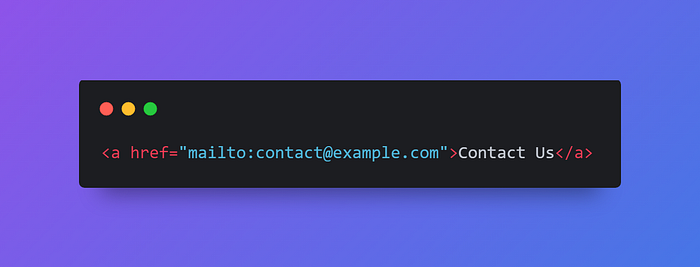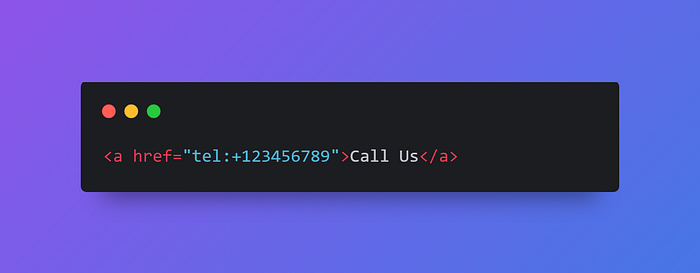Navigating the Web: A Comprehensive Guide to HTML5 Links with Examples

Introduction
Hyperlinks, often referred to as links, are an integral part of the World Wide Web, connecting web pages and allowing users to navigate through online content seamlessly. HTML5, the latest version of Hypertext Markup Language, offers a variety of features and enhancements to create versatile and interactive links. In this article, we will explore HTML5 links, their significance, and provide real-world examples to illustrate their use.
Understanding HTML5 Links
HTML5 provides several elements and attributes for creating links, each tailored for specific use cases. Links serve multiple purposes, such as navigating to other web pages, downloading files, sending emails, and linking to specific parts of a page.
The <a> Element
The <a> (anchor) element is the primary element for creating links in HTML5. It is incredibly versatile and can be used for various types of links, including external and internal web pages, email addresses, and file downloads.
Basic Link Example:

The target Attribute
The target attribute allows you to control where a link opens. Common values include _blank (opens in a new tab or window) and _self (opens in the same tab or window).
Opening a Link in a New Tab:

Internal Links (Anchor Links)
HTML5 also supports internal links, allowing users to navigate within the same web page. Internal links are created using the href attribute with a corresponding id attribute.
Internal Link Example:

File Downloads
HTML5 allows you to link to various types of files for download, such as PDFs, images, and documents, by specifying the file’s path in the href attribute.
File Download Example:

HTML5 Link Examples
Let’s explore practical examples of HTML5 links in real-world scenarios:
External Web Page Link

Email Link

Internal Link

File Download Link

Link to a Phone Number

Best Practices for HTML5 Links
To make the most of HTML5 links, consider the following best practices:
- Descriptive Link Text: Use clear and concise link text that describes the link’s purpose or destination.
- Valid URLs: Ensure that the URLs provided in the
hrefattribute are valid and correctly formatted. - Accessibility: Make links accessible to all users by providing meaningful link text and using appropriate attributes like
titleandaltfor images. - Link Styles: Use CSS to style links consistently throughout your website, providing visual cues for user interaction.
- Test Links: Regularly test links to verify that they work correctly and lead to the intended destinations.
Conclusion
HTML5 links are essential for creating navigation and interactivity in web pages. By mastering the use of <a> elements and associated attributes, you can enhance the user experience, improve website accessibility, and provide valuable connections to relevant content, both within your website and across the web. Understanding how to use HTML5 links effectively is a fundamental skill for web developers aiming to create user-friendly and interactive websites.
Thank you for reading this blog post!
I wish you all the best in your endeavors and hope you found this information helpful.
